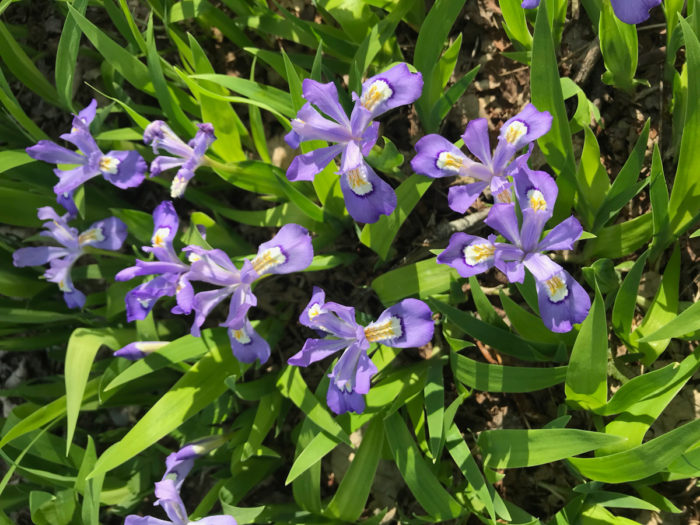
This month has many things to get excited about. Forget all of that “in like a lion” stuff: March in the South is full of gardening tasks and surprises. It’s true the weather can be luck of the draw; however, you can pick your moments and get a jump-start on spring.

1. Divide hostas
When hosta (Hosta spp. and cvs., Zones 3–8) leaves start to curl out of the soil is one of the best times to divide the plants with a spade or pitchfork. Remove plants from the soil and look for distinct offsets (small plants growing from the larger one). Break off smaller plants that contain sufficient roots and ample growing points, or “eyes.” Replant back into the garden, or share divisions with other gardeners.
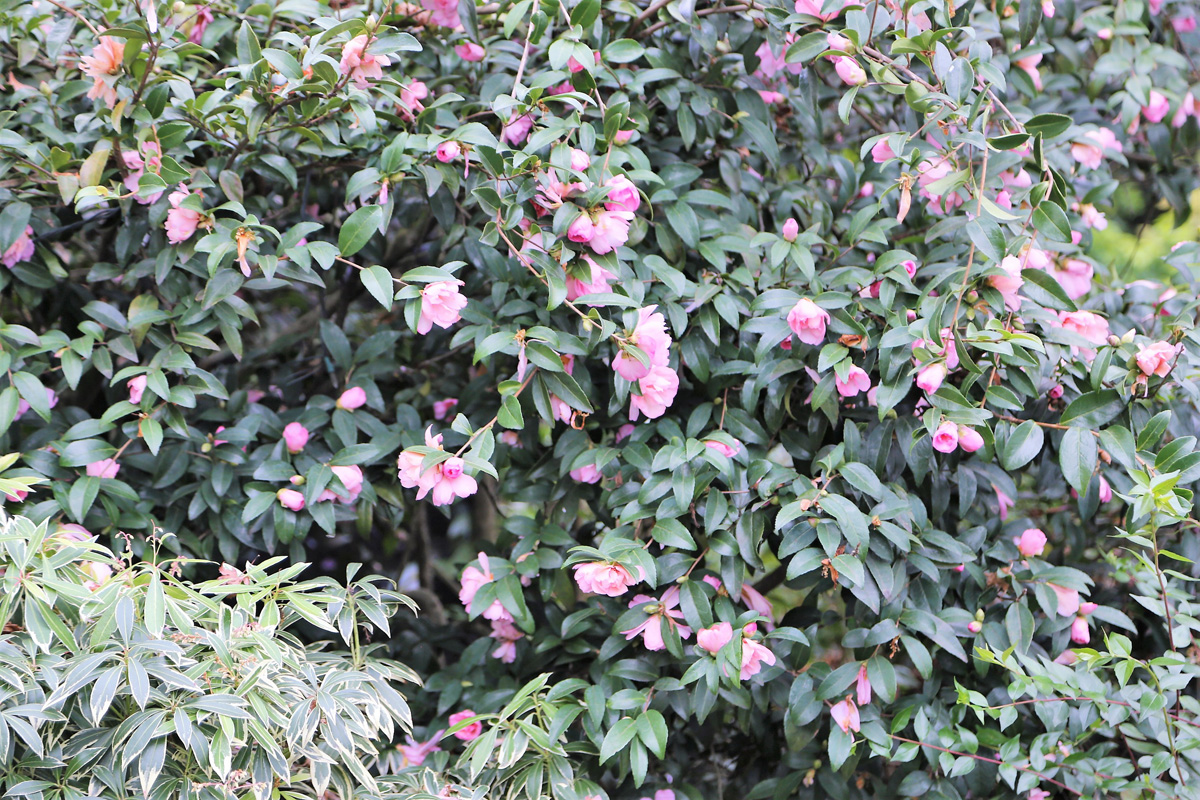
2. Clean up camellias
The camellias (Camellia spp. and cvs., Zones 7–9) in your garden may need some care this month. First, clean up fallen blooms around the plants to prevent disease. Next, inspect plants for pruning needs. Camellias are best pruned right after they bloom. Cut off any dead limbs you see, and do any minor pruning that may be needed as soon as possible. Sheering should be avoided as a general rule for camellias, as it impacts the plants’ natural form.
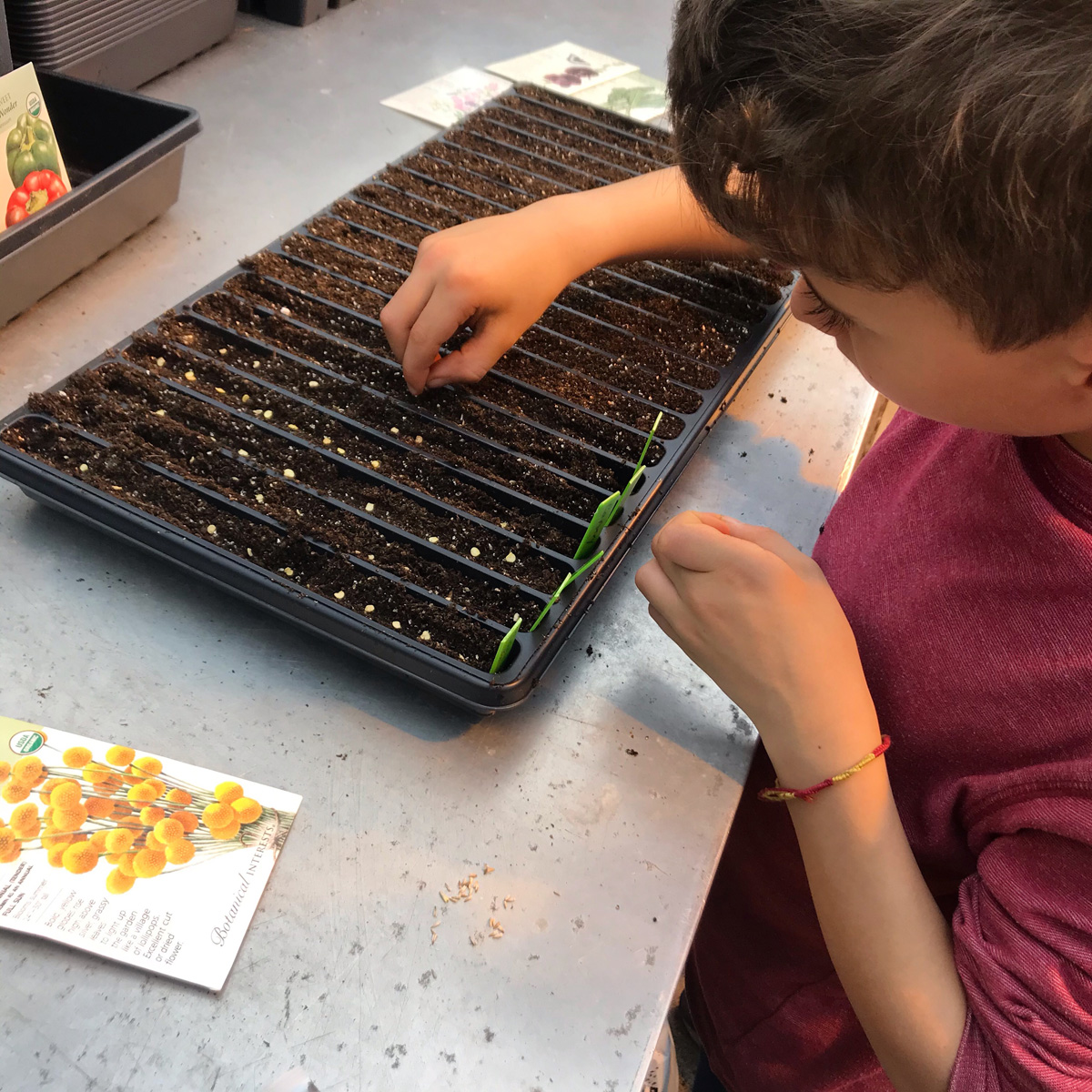
3. Start seeds
Depending on location, many of us will be sowing garden seeds indoors to plant after the fear of frost has passed. Growing vegetables from seed is a great way to get kids involved in the garden. Additionally, it can be a very cost-effective way to start your garden this year. Click here for more information on seed starting.
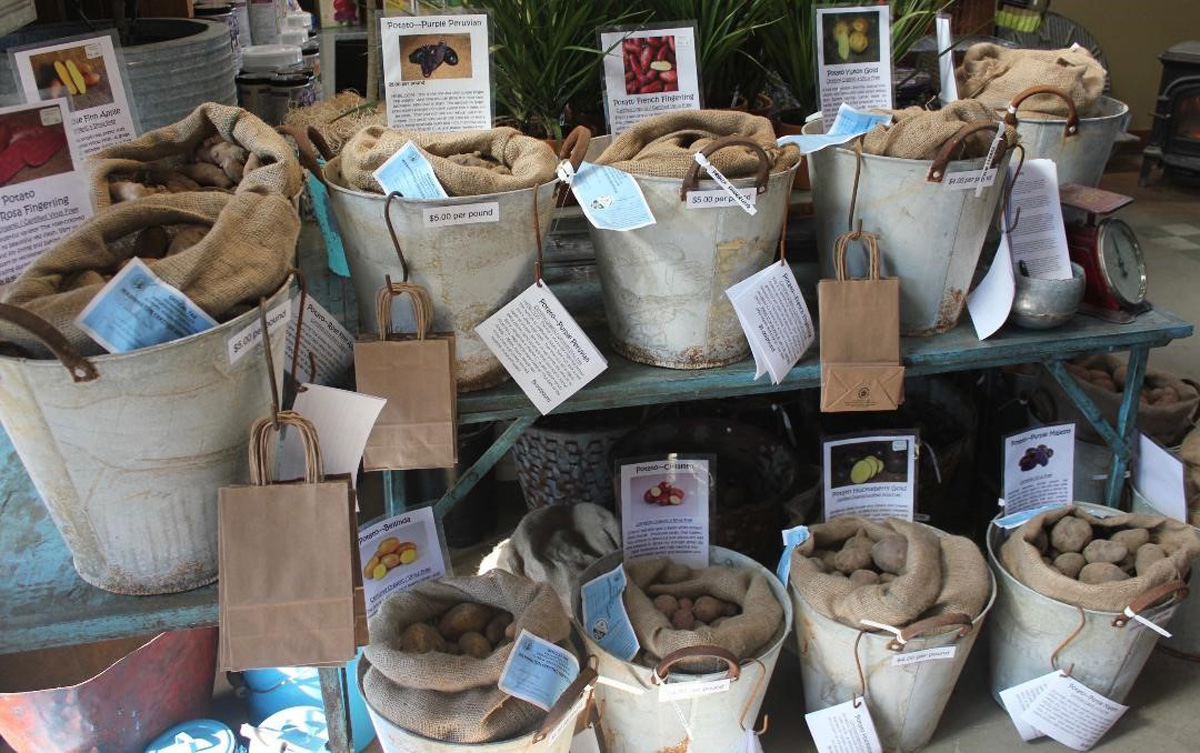
4. Plant onions and potatoes
Early March is a great time to get onions in the ground from sets (small immature bulbs) and potatoes in the ground from seed potatoes. Seed potatoes are actually tubers that are sold to be divided by gardeners and planted. Do not try and grow potatoes you buy at the grocery store. Most of these have been treated to inhibit sprouting.
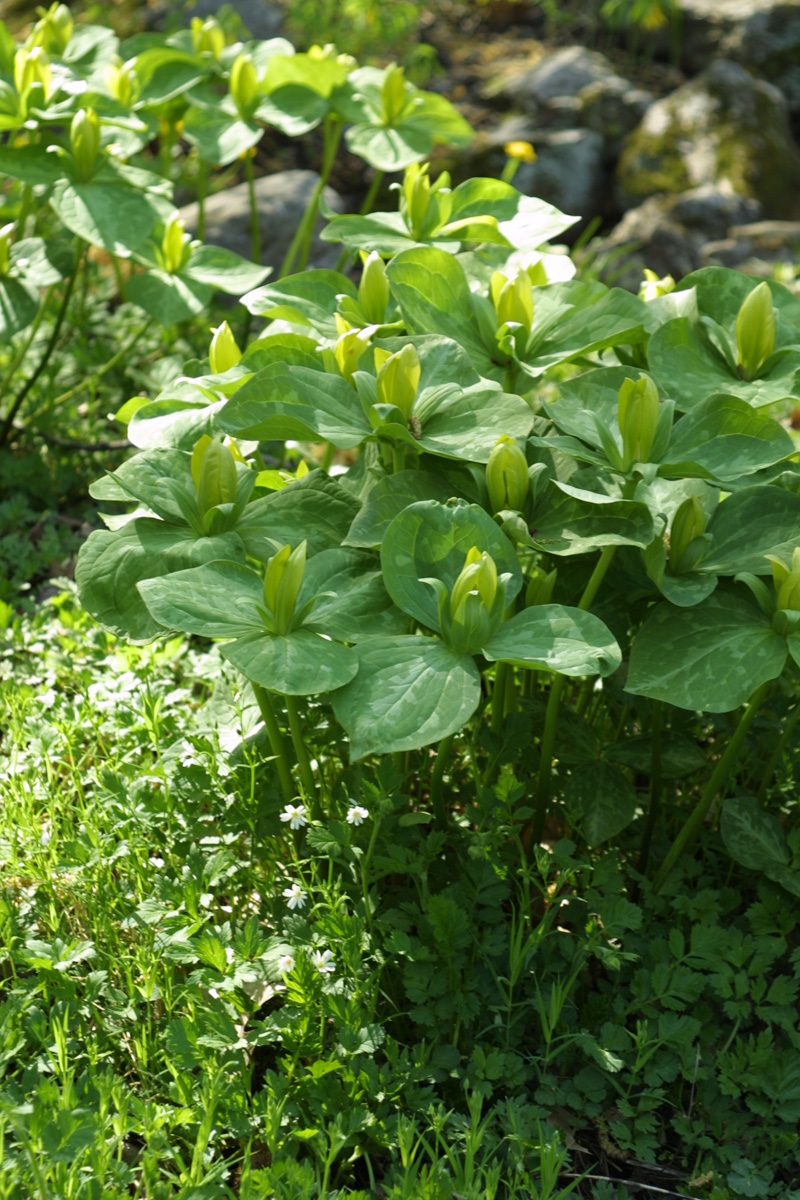
5. Look out for wildflowers
March is native wildflower month for much of the South. Plan a trip specifically to see wildflowers this year. Flowers blooming in this time frame include crested iris (Iris cristata, Zone 3–9), yellow trillium (Trillium luteum, Zones 4–8), and yellow trout lily (Erythronium americanum, Zones 3–8). Peak bloom is dictated by a multitude of factors, including weather and elevation. For example, the show often occurs in late April in the highest elevations of the Appalachian Mountains. But for most of us, sometime in March will be the window of peak bloom.
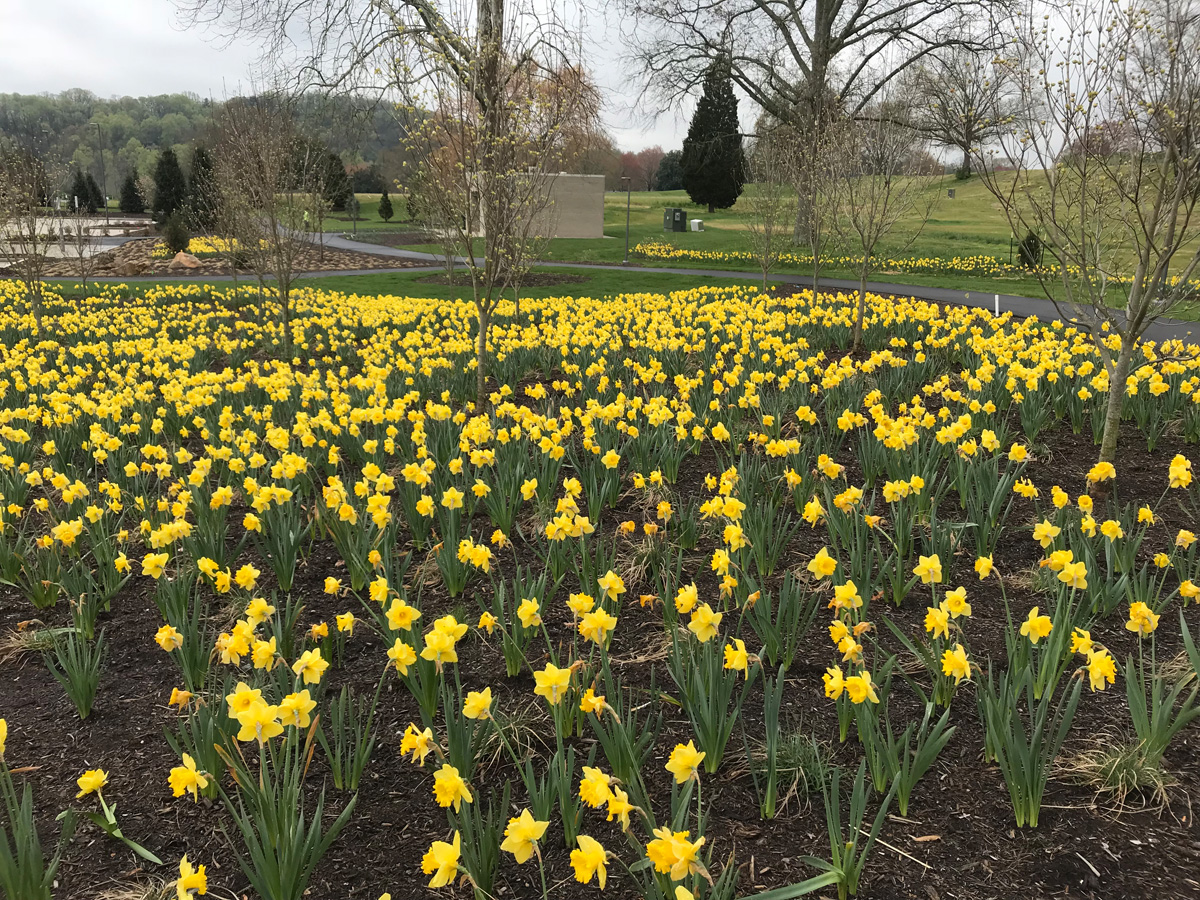
6. Leave daffodil foliage
Daffodil (Narcissus spp. and cvs., Zones 3–9) blooming will be wrapping up soon if it hasn’t already. Although not entirely necessary, you can remove bloom stocks that have started to form seedpods. What is critically important is not to cut back leaves; instead, let foliage yellow on its own. After blooming, these leaves will continue fueling your bulbs to help ensure next years’ flowers.
—Andy Pulte is a faculty member in the plant sciences department at the University of Tennessee.


















Comments
Log in or create an account to post a comment.
Sign up Log in